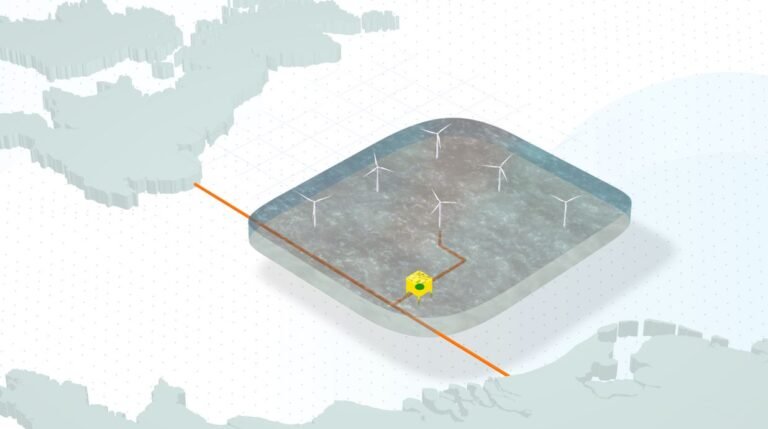The LionLink Interconnector: Connecting Offshore Wind Farms and Strengthening Energy Security
The LionLink interconnector, a groundbreaking subsea cable project, is set to revolutionize the energy landscape by connecting the future Nederwiek 3 offshore wind farm in the Netherlands to the UK grid. The project aims to interconnect the two national power networks, promoting renewable energy exchange and enhancing energy security.
Choosing Walberswick as the Landfall Site
On February 19, National Grid Ventures (NGV) announced that Walberswick has been selected as the preferred landfall location for the LionLink interconnector. This decision was made after careful consideration of various factors, including the shorter onshore cable route of 19.9 kilometers, compared to the alternative Southwold route. The choice of Walberswick will minimize environmental impact and disruption to residents, as well as provide long-term sustainability due to its resilience against coastal erosion and flooding.
“Community feedback has been essential to the evolution of LionLink,” stated Ben Wilson, President of National Grid Ventures. “Our commitment is to respect and protect the local environment and community while delivering a nationally important energy project.”
Project Timeline and Development
The LionLink partners, Dutch transmission system operator TenneT and the UK’s National Grid Ventures, will host information sessions on the preferred landfall location in March. The statutory consultation is scheduled for Autumn/Winter 2025, with the Development Consent Order (DCO) application expected in 2026. A decision on the project is anticipated in 2027, with operations slated to begin in 2032.
Benefits of the LionLink Interconnector
The LionLink interconnector will be the first direct-current hybrid interconnector, connecting the Nederwiek 3 offshore wind farm in the Netherlands to the UK grid. This high-voltage link will facilitate the exchange of electricity between the two countries, promoting renewable energy integration and reducing carbon emissions.
Inclusion of LionLink in the Dutch Offshore Wind Energy Development Framework by Minister Sophie Hermans signifies a significant step towards green growth and energy transition. The project aligns with the broader goals of enhancing renewable energy infrastructure and promoting sustainability.
Future Prospects for Offshore Wind Development
The offshore wind development tender for Nederwiek 3 is set to be launched in 2026, alongside the awarding of the Nederwiek 2 and Nederwiek 1B sites. These developments underscore the commitment of both the Dutch and UK governments to fostering renewable energy projects and achieving climate targets.
Overall, the LionLink interconnector represents a pivotal advancement in energy connectivity and sustainability, laying the foundation for a greener and more secure energy future.

